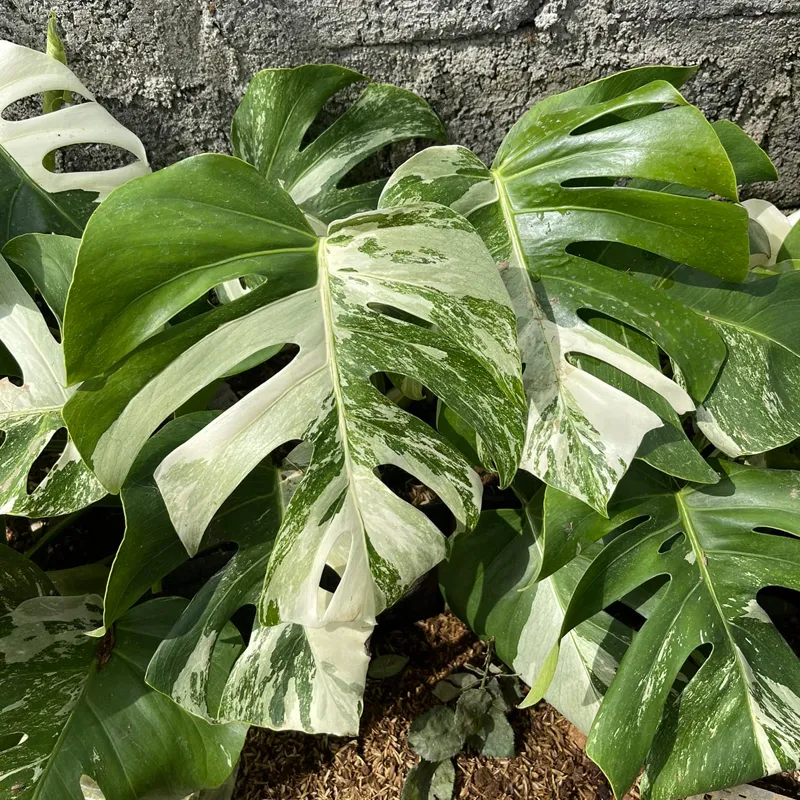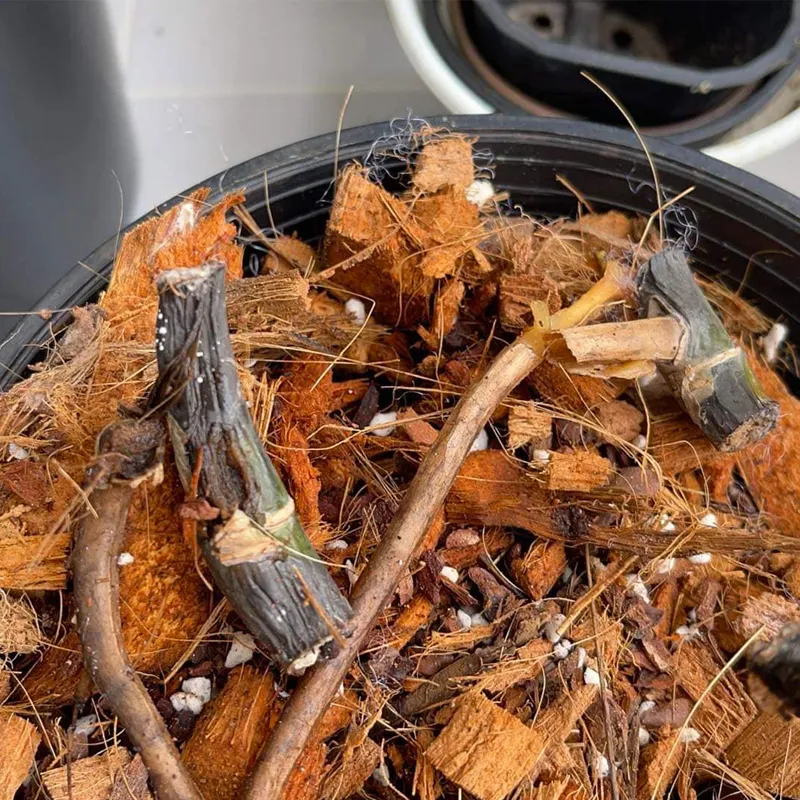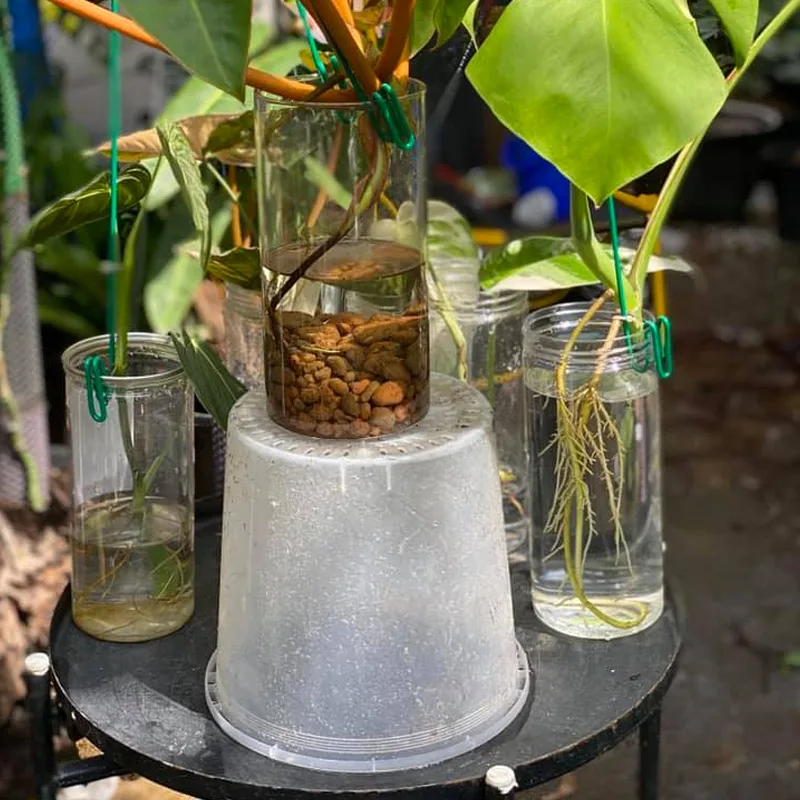Monstera Fruit: A Taste of the Tropics
I’m Ferb Vu, and for years, I’ve been obsessed with monsteras. Those lush, split-leaf plants are everywhere these days, gracing trendy apartments and stealing the show on Instagram. But did you know the Monstera Deliciosa, also known as the Swiss cheese plant, has a hidden talent? It produces fruit!
This isn’t common knowledge, and many folks are curious: what does monstera fruit taste like? Let’s delve into the world of monstera deliciousness (pun intended) and answer all your burning questions.
67 Species in Genus Monstera
When Does a Monstera Bloom and Fruit?
Patience is key with monstera fruit. These tropical plants can take years to mature enough to flower and fruit, especially when grown indoors. In their native Central and South American habitats, they can flower as early as 3-4 years, but indoors, it can take 7 years or even longer.
The bloom itself is quite a sight. A large, white spathe (modified leaf) unfurls, revealing a spadix (a fleshy stalk) covered in tiny flowers. This will eventually develop into the fruit, which takes several months to ripen fully.
What Does Monstera Fruit Taste Like?
The wait for monstera fruit is worth it, for the right person. When fully ripe, the fruit boasts a complex and delicious flavor profile. Imagine a tropical explosion in your mouth – a mix of pineapple, banana, and sometimes even hints of mango, passion fruit, and strawberry. The texture is juicy and slightly tart, similar to a ripe apple.
However, there’s a catch. Unripe monstera fruit contains calcium oxalate crystals, which can irritate your mouth and throat. It’s crucial to wait until the fruit softens completely and the green scales on its skin turn yellow-brown before taking a bite.
Monstera Fruit vs. Durian: A Tale of Two Tropical Fruits
Monstera fruit gets compared to another spiky Southeast Asian fruit – the durian. Both have a reputation for their strong odor (though monstera fruit’s aroma is much milder) and unique flavor profiles. But the similarities end there.
Durian is notoriously pungent and known as the “king of fruits” for its creamy, custard-like texture and complex, savory-sweet taste. Monstera fruit, on the other hand, is refreshingly juicy, with a predominantly sweet and fruity flavor.
Can You Eat Monstera Fruit Raw?
Absolutely! As long as the monstera fruit is fully ripe, you can enjoy it raw. Simply peel off the brown, scaly skin and dig in. The flesh is the edible part, and the central core (similar to a pineapple core) can be discarded.
Monstera Fruit Recipes: Beyond the Raw Bite
While monstera fruit is delicious on its own, its versatility shines in recipes. Here are a few ideas:
- Tropical Fruit Salad: Combine monstera with other tropical fruits like mango, pineapple, and papaya for a vibrant and refreshing salad.
- Monstera Salsa: Add a unique twist to your salsa with chopped monstera fruit, red onion, cilantro, and lime juice.
- Monstera Smoothies: Blend monstera with yogurt, banana, and your favorite milk for a healthy and delicious smoothie.
- Monstera Jam: For a taste of the tropics year-round, make jam with ripe monstera fruit, sugar, and lemon juice.
Final Thoughts: A Rare Tropical Treat
Monstera fruit is a unique and exciting addition to the world of edible plants. While it may take some time and patience to cultivate, the reward is a truly special taste experience. Just remember, wait for full ripeness, and savor the burst of tropical flavors this hidden gem has to offer.
If i die, water my plants!



